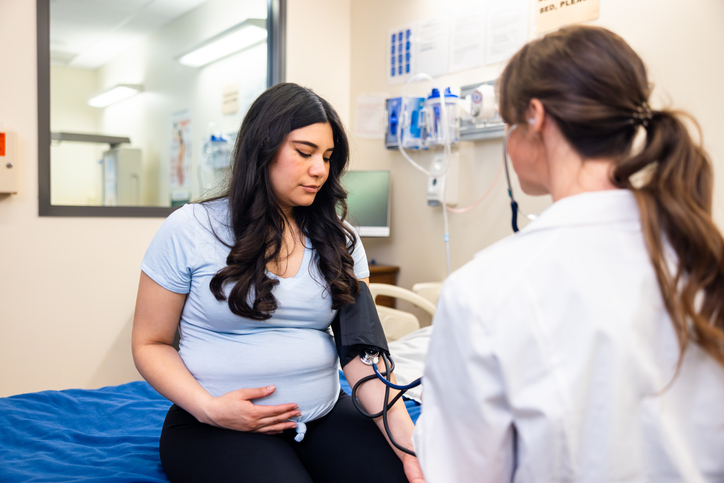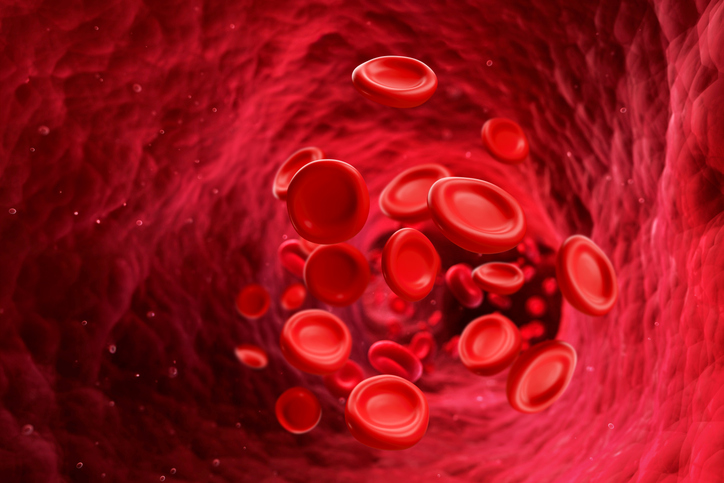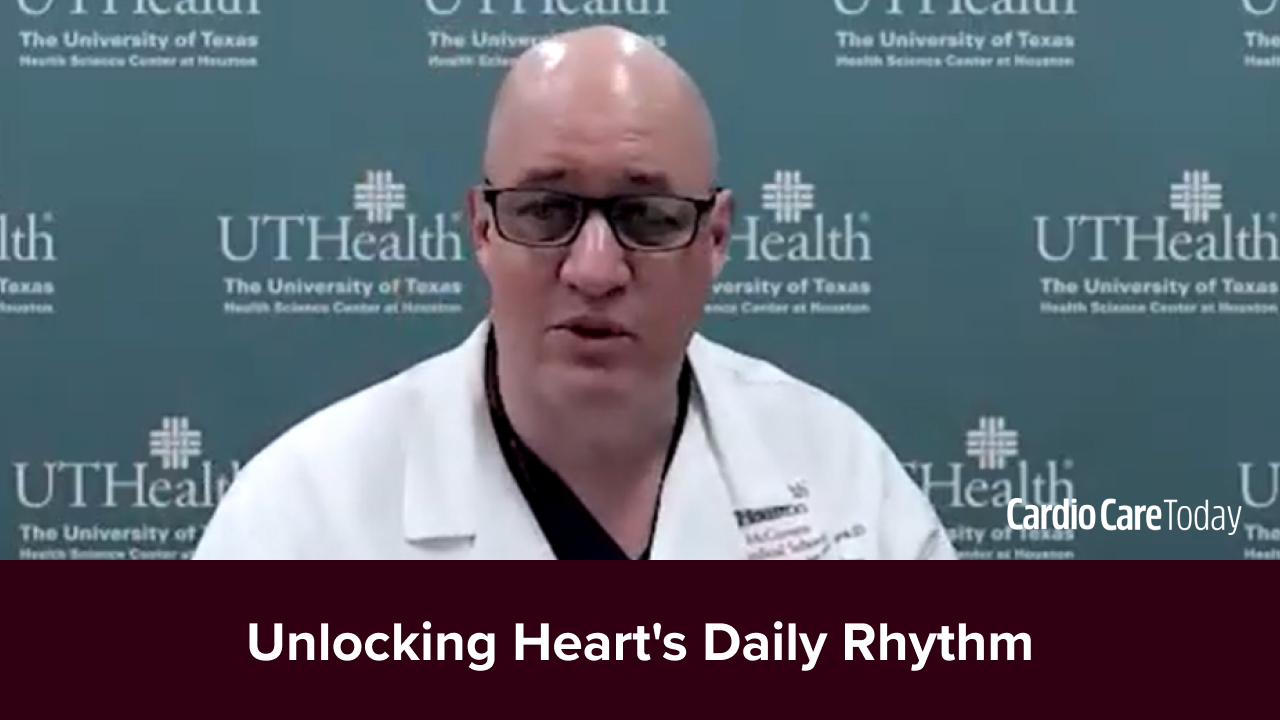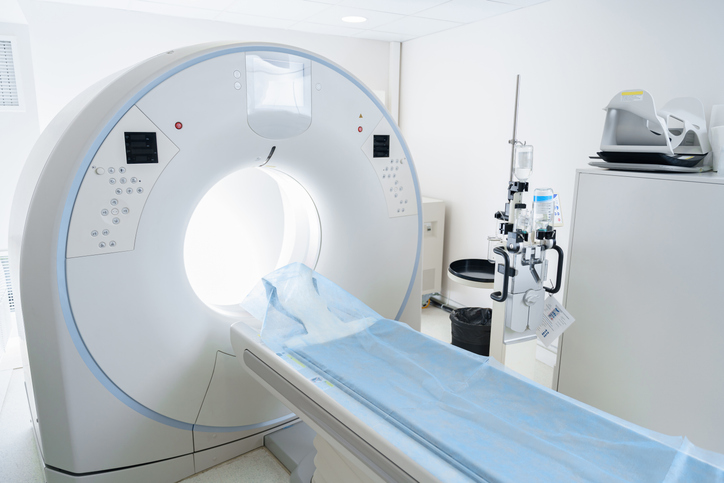
Preventive Cardiology
Advertisement
Survival after OHCA has improved over 20 years, driven by more bystander CPR and early defibrillator use.
Poor sleep predicts long-term heart risks in menopausal women, study shows—reinforcing sleep as a key health metric.
AHA says alcohol’s heart effects are complex, warns against heavy use, and urges more rigorous, unbiased research.
Women with lower perceived social status show early signs of heart stress, a risk not seen in men, new research finds.
AI is transforming cardiac imaging with faster diagnoses, better accuracy, and new insights into disease prediction.
Dual PET/MR imaging enables precise diagnosis and cardiac risk assessment in patients with primary aldosteronism.
Poor cardiovascular health before pregnancy may raise risk for both gestational diabetes and future cardiovascular disease.
Living near microplastic-polluted oceans linked to higher rates of diabetes, heart disease, and stroke, new study finds.
Higher cardiac biomarker levels predict greater future cancer risk.
A large review links cannabis use to higher risks of heart attack, stroke, and cardiovascular death.
AI-powered cardiac MRI shows how aging impacts heart structure—and reveals hidden risks from common conditions.
The ONSET/OFFSET and RESPOND trials are under scrutiny for overstated efficacy, per the BMJ report.
CKM syndrome redefines heart disease risk—90% of adults may already be affected. Learn why this new staging system matters.
Genomics and biomarkers can uncover hidden cardiac risk—enabling more personalized, life-saving heart disease prevention.
The researchers successfully generated vascularized organoids that are scalable and reproducible.
GADD45A deletion in mice led to cardiac fibrosis, inflammation, and hypertrophy, highlighting its protective role.
Routine health screenings may not reduce death risk, study finds—though early detection remains key.
BMAL1-HIF2α link explains why AM heart attacks hit harder—new findings may lead to time-based cardioprotective therapies.
Early food insecurity was significantly associated with poorer CVH in young adulthood, measured by AHA's Life's Essential 8.
There was a difference in male versus female outcomes unrelated to imaging method.





















 © 2025 Mashup Media, LLC, a Formedics Property. All Rights Reserved.
© 2025 Mashup Media, LLC, a Formedics Property. All Rights Reserved.